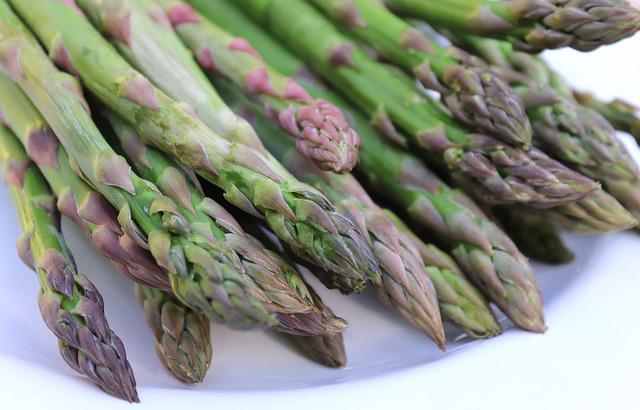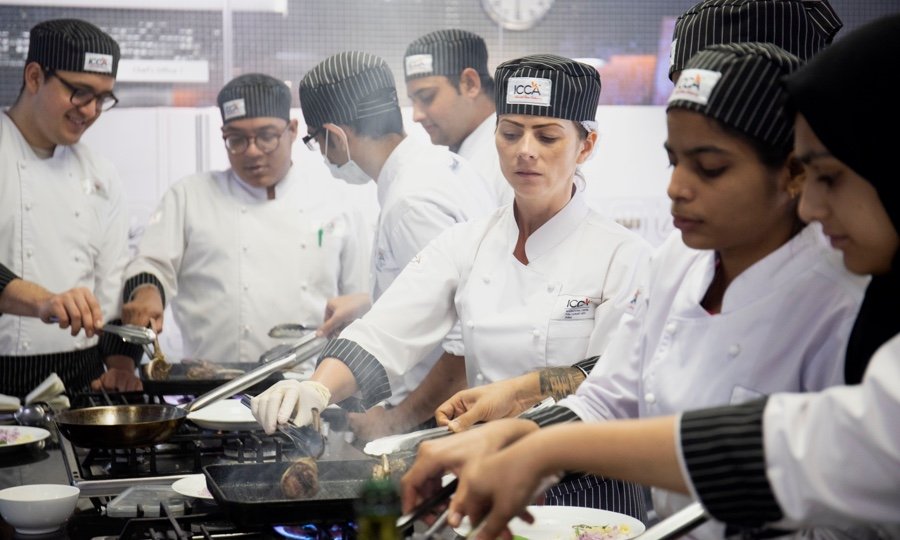
These cooking tips and techniques can be used by both beginners and professionals to make delicious food. Make sure you understand the order of ingredients before adding them to a dish. Different ingredients cook at different rates. Also, you'll learn how your senses work together to prepare food. You can also learn how to use your sense of smell to determine the temperature of a dish. And finally, don't be afraid to experiment with new flavors and textures.
Ten basic cooking tips
A great skill to improve your life is the ability to cook. If you have some basic cooking skills, even the simplest dishes can be made delicious and more nutritious. There are many ways to cook chicken, salmon and black beans. The first part of the operation is beating eggs. Cooking eggs takes just five minutes! Blotting the meat before cooking is another useful cooking tip. This ensures that the meat has a nice sear.
It is a good idea to defrost frozen ingredients before cooking. This will preserve their texture. If you're using frozen ingredients, make sure to store them in a nearby cupboard to avoid the heat and steam that can escape from the stove or the fridge. You can also preserve their flavor. If you don’t have a freezer you can freeze them and defrost them in a refrigerator.
Proper measuring cups
A set of measuring cup comes in many sizes. Each of the six pieces in a set contains a cup for all common measurements. This includes a 1/3 cup and 3/4 cup. These are great for measuring dry ingredients, such as flour, but they're not always the most convenient. This set of cups can accurately measure any liquid, including spices. Here are some helpful tips for buying measuring cups for cooking.

You need to make sure that the measuring cups you purchase are both dry- and liquid-compatible. You don't need to worry about accidentally filling them up with liquid when they're meant for dry ingredients. Avoid dipping the measuring cup in flour or other dry ingredients. This can cause inaccurate measurements. In that case, you'll end up with a less accurate measurement because liquid measuring cups have an ambiguous measurement line.
Storing food in the right place
You must first identify what food you are going to be using in order to store it correctly. Some foods can be stored in the refrigerator or pantry, while others don't go bad. Other items should go in glass jars. Non-perishables should be kept in glass jars. They should be kept in a cool, dark place away from direct sunlight. Below are some tips for storing food in the refrigerator.
First, make sure your kitchen is clean and clutter-free. Avoid storing food close to household products. Remember that food is sensitive to temperature, so store it in a cool, dark cabinet. Make sure your containers are tightly-fitted so that any excess food will be consumed first. Keep your food safe from heat sources like pipes. Color can also be affected by prolonged exposure to the sun.
Cooking with your own senses
Cooking can be a rewarding experience if you use all your senses. For example, relying on your taste buds can help you choose the right ingredients for your recipes. Imagine the flavor and cooking time of a particular dish. The same goes for your visual senses, including touch and smell. Think about what the ingredients will taste like when you are shopping. For example, you might substitute broccoli for red cabbage if you think it will taste equally good.

By using your five senses, you'll find it easier to identify new foods, assess their quality, and enjoy them more. There is an entirely new world out, you'll soon discover. You can discover the science of flavour and use your senses to cook. It will be easy to tell the difference between an emoji and a real emojipeach. You will even be able to appreciate the bitterness in grapefruit and rhubarb. You can even learn to appreciate the bitterness of grapefruit or rhubarb by looking around in your kitchen.
FAQ
What skills will I need to be able to go to culinary school?
To become a chef, you must be able to cook well, work under pressure, and understand food safety regulations. To learn how cook, enroll in cooking courses at your local high schools or community colleges. After you have learned the basics, you can apply for jobs in a restaurant or catering business.
Can you be a self-taught cook?
Yes, you can self-teach cooking! The joy of cooking is something that everybody enjoys doing, no matter their skill level. If you're interested in learning how cook at home, then start cooking. Start small, such as making pancakes for breakfast and spaghetti sauce at dinner. The best way to learn how to cook is to try new recipes and experiment. You might even make some mistakes.
The time it takes to learn to cook can vary from just a few hours up to several weeks, depending upon your skill level. Cooking is more than following recipes. There are so many ways to prepare food.
Who is the best path to a career in chef work? How do I begin my career as chef?
As an apprentice, you can start your journey to becoming a chef. Apprenticeships offer the chance to work for several year without any tuition fees. After completing your apprenticeship, you can apply for a position as a sous chef. Sous chefs oversee cooks and help them make salads and desserts. They oversee all aspects of the restaurant's operation.
What is the cost to study culinary arts?
Prices for studying culinary arts vary widely. A four-year degree usually costs around $40,000. On the other hand, a two-year associate's degree may cost less than $5,000. Tuition costs vary depending on which program you choose. Public institutions are more expensive than private institutions.
Do I need any special equipment to cook?
No, you don't need any special equipment to learn to cook. However, the right tools can make it easier to cook. A knife can be used instead of a fork when making pasta, or a whisk could be used to whip up stiff egg whites. Having the right tools can make cooking less daunting and allow you to get started faster.
What is the average time it takes to become a chef? What is the average career track?
Becoming a chef takes approximately five years. You will be able to learn basic cooking techniques as well as gain practical experience working in a kitchen. Once you have completed your training, you may apply for executive, sous, and line chef positions. The average annual salary for a professional chef is between $25,000 and $60,000
Statistics
- In the United States, the category is estimated at $23.2 billion annually and is growing faster than the market. (washingtonpost.com)
- You'll be amazed that over 90% of CIA students receive scholarships and grants to finish their culinary studies. (ischoolconnect.com)
- The median pay for a chef or head cook is $53,380 per year or $25.66/hour, according to the U.S. Bureau of Labor Statistics (BLS). (learnhowtobecome.org)
External Links
How To
How to make a perfect Omelette
Omelets have always been a favourite food to eat for breakfast. But how do you make them perfectly? I've tried many recipes and different methods but none have worked. I have some tips and tricks to help you make delicious, fluffy omelets every single morning.
When making omelets, it is important to be aware that eggs can be temperamental. They must be fresh, preferably from the organic market, and be kept cold until cooking. If you don't keep them cold enough, the whites won't form properly, and the yolks will break down too much and become runny. This makes your omelets look weirdly colored. If you're going to cook them immediately, it is best if the eggs are still warm.
Another tip is to separate the egg before adding it to the pan. The yolk and white should not be mixed together as this can cause the omelet's curdle.
If you add the egg directly onto the stovetop, you might end up burning the bottom part of the egg, which would ruin the texture of your omelet. Instead, put the egg in the microwave for 10 seconds before putting it into the pan. The microwave heat cooks the eggs just right without overcooking them.
Next, let us talk about how to mix the eggs. You want to mix the eggs thoroughly before you add them. You can do this by turning the bowl of your mixer upside down. Next, shake the bowl vigorously. The egg will be thoroughly mixed in the bowl as the air is whipped.
The fun part is now - adding the milk to the mixture. Mix half of the milk with the eggs. Then fold the eggs in half into the remaining milk. You don't need to worry if streaks remain. They will disappear once you flip your omelet.
After you have done folding the eggs, heat the pan on medium heat. The oil will start to smoke. Once the oil has gotten hot, add 1/4 cup of butter and swirl it around so that the entire pan is coated. Carefully open the pan's lid and add salt to the pan. Salt will prevent the omelet sticking to the pan.
Once the omelet forms, cover the pan again. Let the top side set completely. Flip the omelet with a spatula, or flip it upside down. Cook the opposite side for another minute. Serve the omelet immediately by removing it from the pan.
This recipe is best when used with whole milk. But, you can use skimmed milk as well.